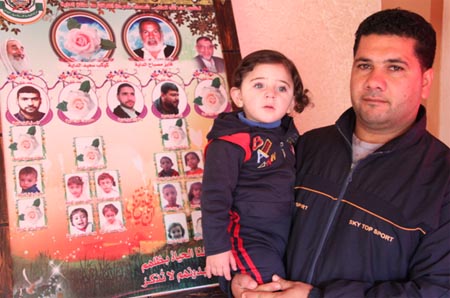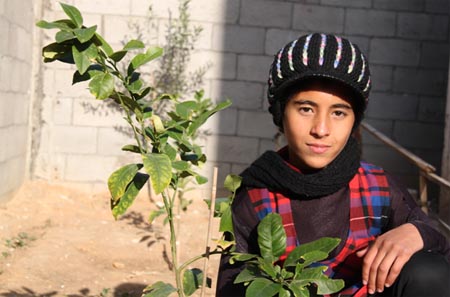Tag: Zeitoun
-
6 January 2009: Al-Dayah family
6 January 2012 | Palestinian Centre for Human Rights “The bodies of nine of those killed were not found, including the bodies of my wife and my children. I tried my best with the civil defense personnel to find their bodies. All we found were pieces of flesh that were unidentifiable.” On 6 January 2009,…
-
5 January 2009: Amal al-Samouni
5 January 2012 | Palestinian Center for Human Rights “I have constant pain in my head, eyes and ears. I have been having nose bleeds for the past three years. I can still feel the shrapnel move inside my brain” On 4 January 2009 at around 6:00 Israeli forces surrounded the house where Amal al-Samouni (11)…
-
Amid destruction, school resumes
Tara Jensen is an Australian Human Rights Volunteer in Gaza “We have no bathroom, how can we wash ourselves? How can we go to school looking like this?”, implored 13 year-old Shaima al Samouni. It’s a pertinent question, given that schools reopened two days ago for the first time since the Israeli attacks on Gaza…


